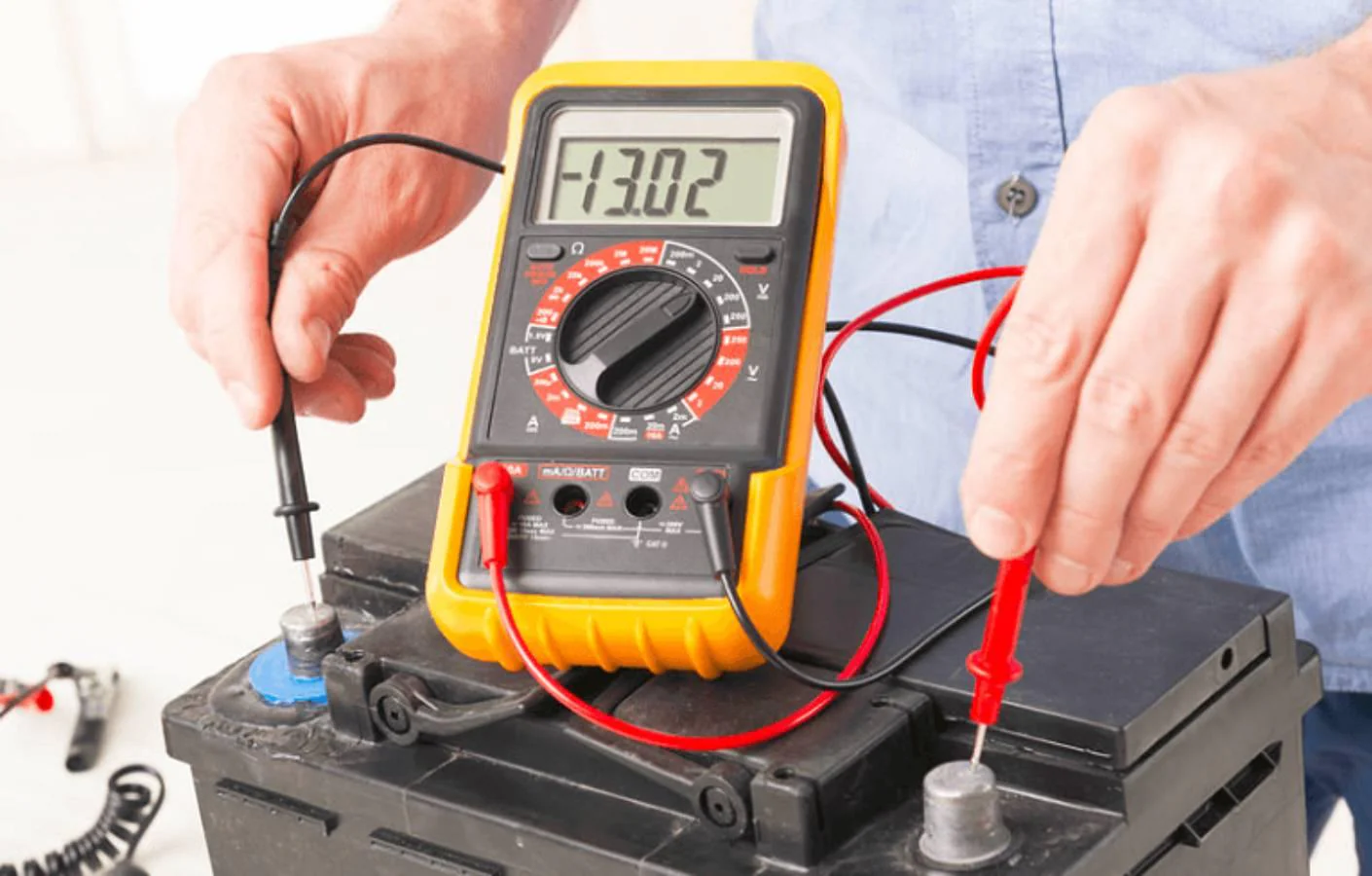How to Choose a Voltage Regulator: 4 Factors to Consider
For electrical and electromechanical devices to operate reliably, voltage regulators are a necessary component. Voltage regulators ensure that the constant input voltage needed by electronics is provided.
What is a Voltage Regulator Used For?
Voltage regulators are used in everything from automobiles to air conditioners to telephones. The selection of optimal voltage regulators for individual applications can be challenging due to differences in device sensitivity and power source fluctuation.
Reliability may be jeopardized even in a straightforward design with a modest power consumption and a reasonably stable power source if a voltage regulator is omitted. One type of light for which you might not need a voltage regulator is a simple light; if the voltage lowers, the light will just get dim. Nevertheless, the absence of a voltage regulator may impair functionality and dependability, possibly leading to problems like flickering LEDs, controller resets, and even "fried" electronics.
How Does a Voltage Regulator Work?
Wherever voltage needs to be adjusted, voltage regulators are typically present. For instance, an AC converter in a wireless phone may reduce power from 120VAC to 8VAC. Next, a voltage regulator to supply the necessary DC voltage to the base's circuits can be found inside the phone's base. A DC-to-DC adapter that employs a voltage regulator to supply the proper voltage for the phone's circuits may be located inside the device itself.
Voltage regulators are more obviously needed in sophisticated electromechanical devices with multiple components that require different voltages. A wall plug adapter, for instance, is used by computers to reduce the voltage from 120VAC to a lower level. Then, in order for the motherboard, cooling fan, and hard drive to operate, a particular voltage is needed. Each internal component would receive a steady, dependable voltage from voltage regulators.
Voltage Regulator Selection Guide
Consider these factors when selecting a voltage regulator:
1. Input Voltage and Output Voltage
Ideally, you are aware of the range of input voltages and the necessary output voltages that you will be utilizing. Every voltage regulator chip has a specific output voltage in mind when it is designed. For instance, to make sure everything functions properly in a device powered by 120VAC that has a 5V Raspberry Pi controller, 12V servo motors, and a 24V stepper motor, voltage regulators of 5V, 12V, and 24V would need to be used.
On the other hand, you can locate adjustable output regulators that, with a small modification, can be utilized for a range of outputs if you're stockpiling a supply to have on hand for a number of uses.
2. Dropout Voltage
The smallest buffer between the input and output voltages is called a dropout. For instance, a least 2V dropout is required if your required output is 5V but your input is 7V. You require a lower dropout if you believe that the 7V input will go below 7V.
Each voltage regulator chip has a predetermined dropout as well as an output voltage. For instance, a variety of possible dropouts are accessible in 5V voltage regulators. An ultra-low voltage regulator (ULVR) or a low-dropout voltage regulator (LDO) would be needed for circuits where the input and output voltages fluctuate little.
3. Linear Regular or Switching Regulator?
A switching regulator may also be useful in situations when voltage drops due to spikes in power usage. When a solenoid activates, for instance, power consumption rises, voltage falls, and your microcontroller resets unless a voltage regulator is used that can make up for it.
In devices where there is a significant voltage differential between the input and output that causes excessive power loss or heat generation, switching regulators might also be more sensible.
4. Device Sensitivity
Certain electronics, such wireless devices, medical equipment that runs on batteries, and cellphones, are extremely sensitive and may need a special regulator to cut down on noise. For more details, see Using LDOs to Minimize Power Noise.


0 Comments